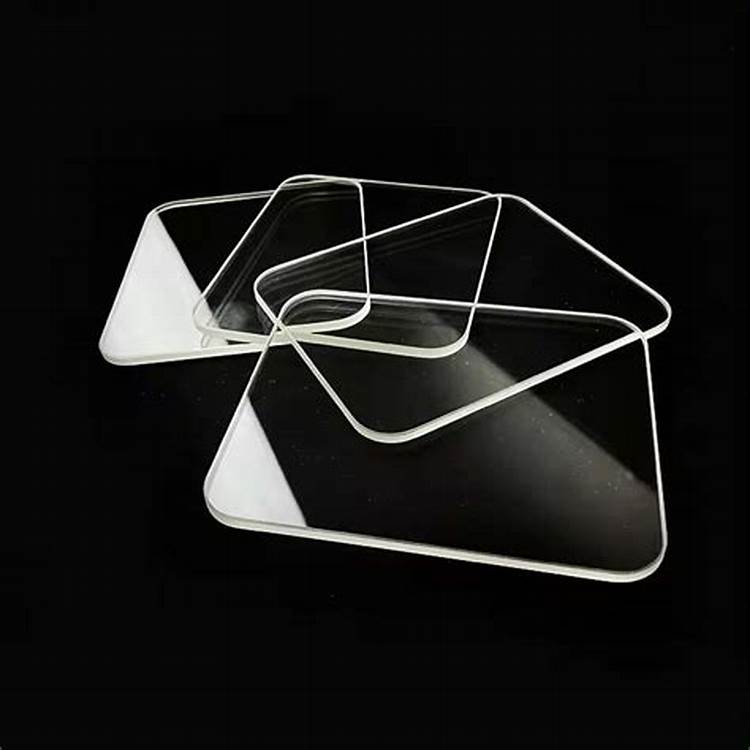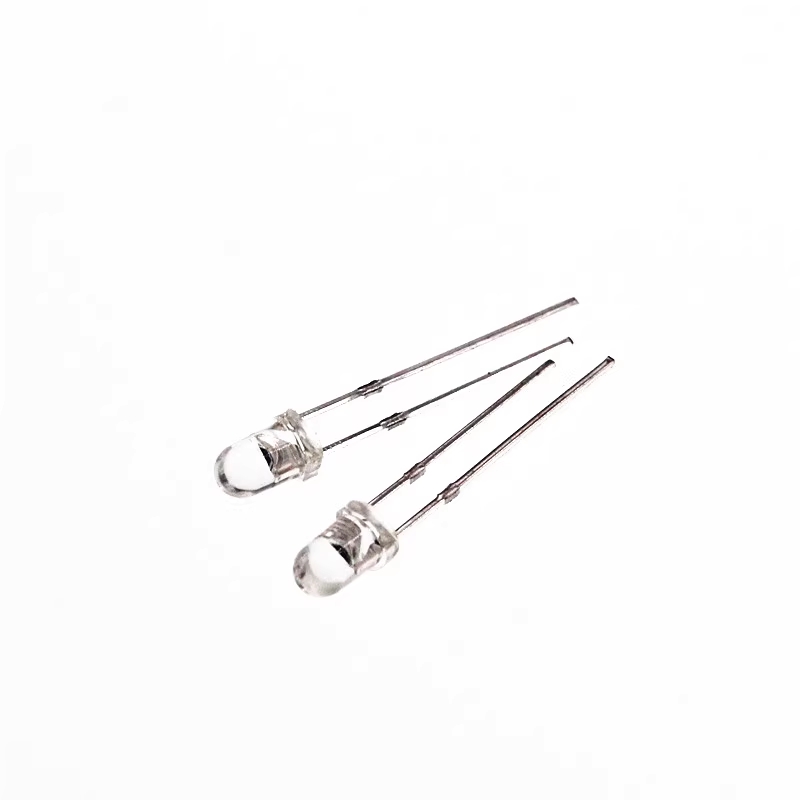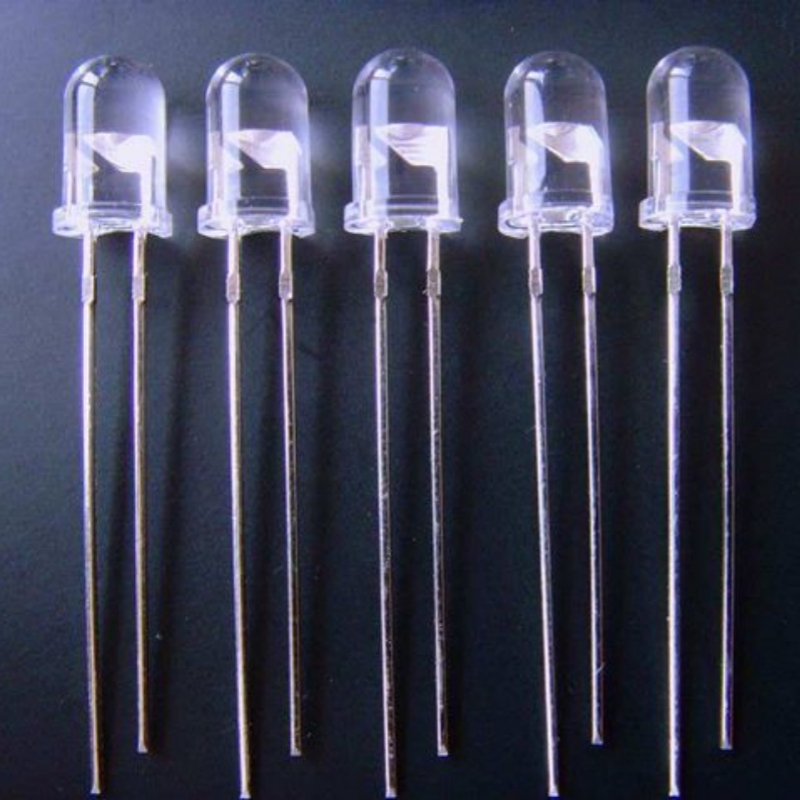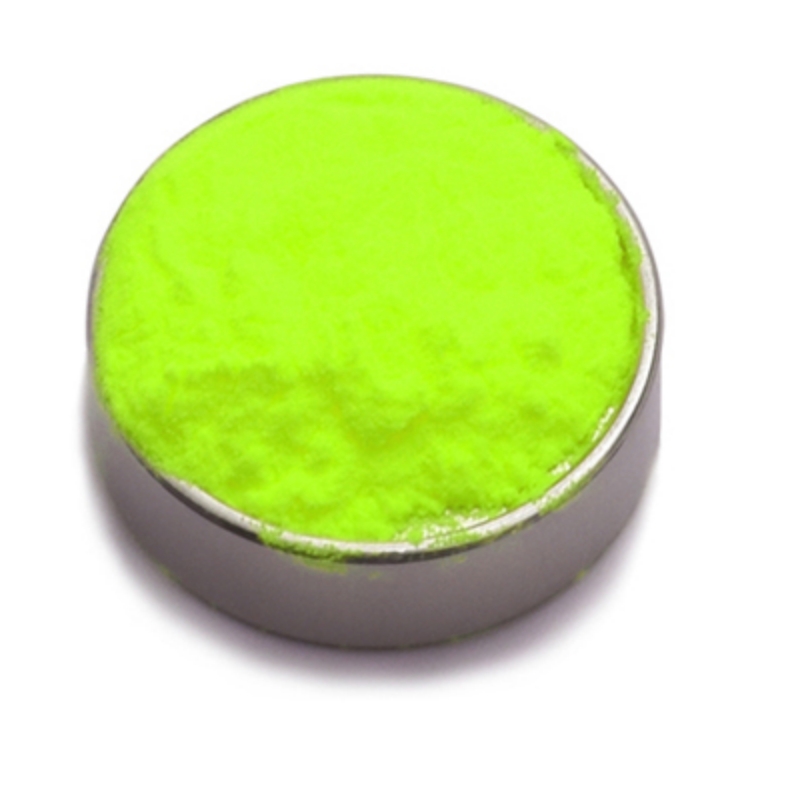Calcium fluoride cylindrical lens is a precision optical component designed for controlled beam shaping, efficient light focusing, and superior ultraviolet and infrared transmission. Manufactured from high-purity CaF₂, it offers exceptional optical clarity, strong resistance to environmental degradation, and excellent thermal stability. This lens is widely used in laser systems, spectroscopy, aerospace applications, and scientific instrumentation, ensuring optimal light manipulation for advanced optical systems.
Product Overview
The Calcium Fluoride Cylindrical Lens is made from high-purity calcium fluoride material, which offers excellent optical performance. This lens has a wide transmission spectrum range, from ultraviolet to near-infrared (180 nm - 8.0 μm), with high transmittance and low dispersion characteristics. It effectively corrects chromatic aberration and reduces beam divergence. Common applications include laser systems, telescopes, and microscopes, where it is used to modify beam shapes or adjust image sizes.
Key Features
- Wide Spectrum Transmittance: Suitable for ultraviolet, visible, and near-infrared spectral regions, ensuring excellent optical performance.
- Low Dispersion: Effectively reduces beam divergence and corrects chromatic aberration, providing higher image quality.
- High Uniformity and High Damage Threshold: Offers excellent resistance to damage, making it suitable for high-power laser systems.
- Superior Physical Properties: While calcium fluoride is softer and more prone to surface scratches, it provides excellent optical properties and a low refractive index.
- Precision Manufacturing: Made using advanced polishing techniques such as glue disc polishing, high-speed polishing, annular polishing, and CNC polishing, ensuring high precision and surface quality.
Applications
- Laser Systems: Used for beam collimation, beam shaping, and beam focusing, enhancing the efficiency of laser systems.
- Optical Instruments: Widely used in telescopes, microscopes, and other optical instruments to adjust image size and improve image quality.
- Optical Components Manufacturing: Serves as a key component in optical systems, such as mirrors and prisms, meeting the demands of precision optics.
- Laser Processing: Used in laser processing to modify beam shapes and sizes for precise control in manufacturing and cutting processes.
| Optical Property | Value |
| Transmission Range | 0.13-10 μm |
| Transmittance | >94%@193nm-7.87μm |
| Refractive Index | 1.4288@2.5μm, 1.39908@5μm |
| Reflection Loss | 5.4%@5μm (both surfaces) |
| Absorption Coefficient | 7.8×10⁻⁴@2.7μm |
| Structure | Cubic Crystal System |
| Cleavage Planes | <111 |
| Physical Property | Value |
| Density | 3.18 g/cm³ |
| Melting Point | 1420 ℃ |
| Thermal Conductivity | 9.71 W/(m·K) @ 293K |
| Thermal Expansion | 18.5×10⁻⁶/K @ 273K |
| Knoop Hardness | 158.3 kg/mm² |
| Specific Heat Capacity | 854 J/(kg·K) |
| Dielectric Constant | 6.76 @ 1 MHz |
| Young's Modulus | 75.8 GPa |
| Shear Modulus | 33.77 GPa |
| Bulk Modulus | 82.71 GPa |
| Poisson's Coefficient | 0.26 |
| Chemical Property | Value |
| Solubility | 0.016 g/L @ 20℃ |
| Molecular Weight | 78.0748 g/mol |
Submit Your RequirementsWe will contact you within 24 hours.
 WOBO Scientific Research New Materials One-Stop Service Platform
WOBO Scientific Research New Materials One-Stop Service Platform











